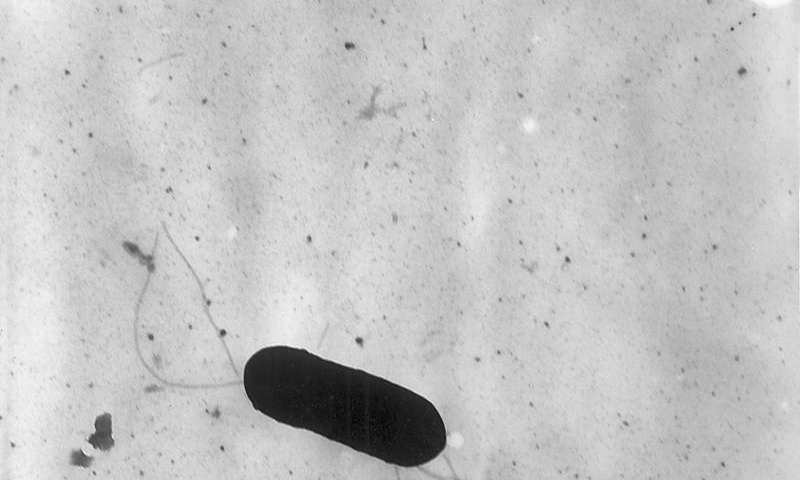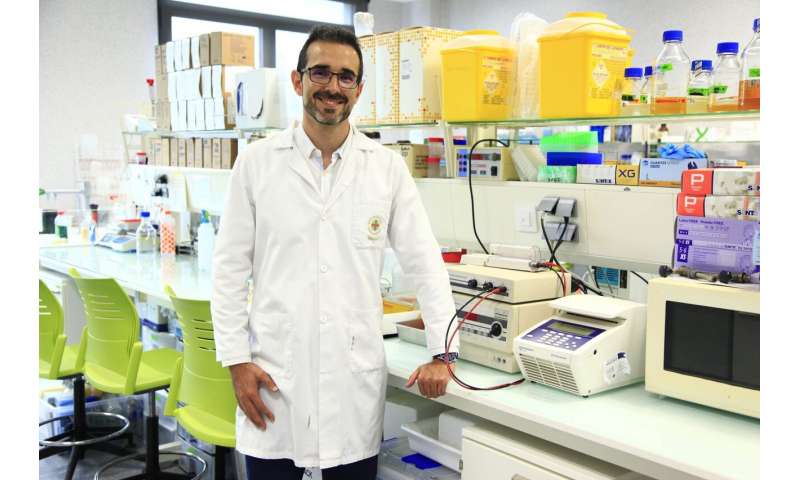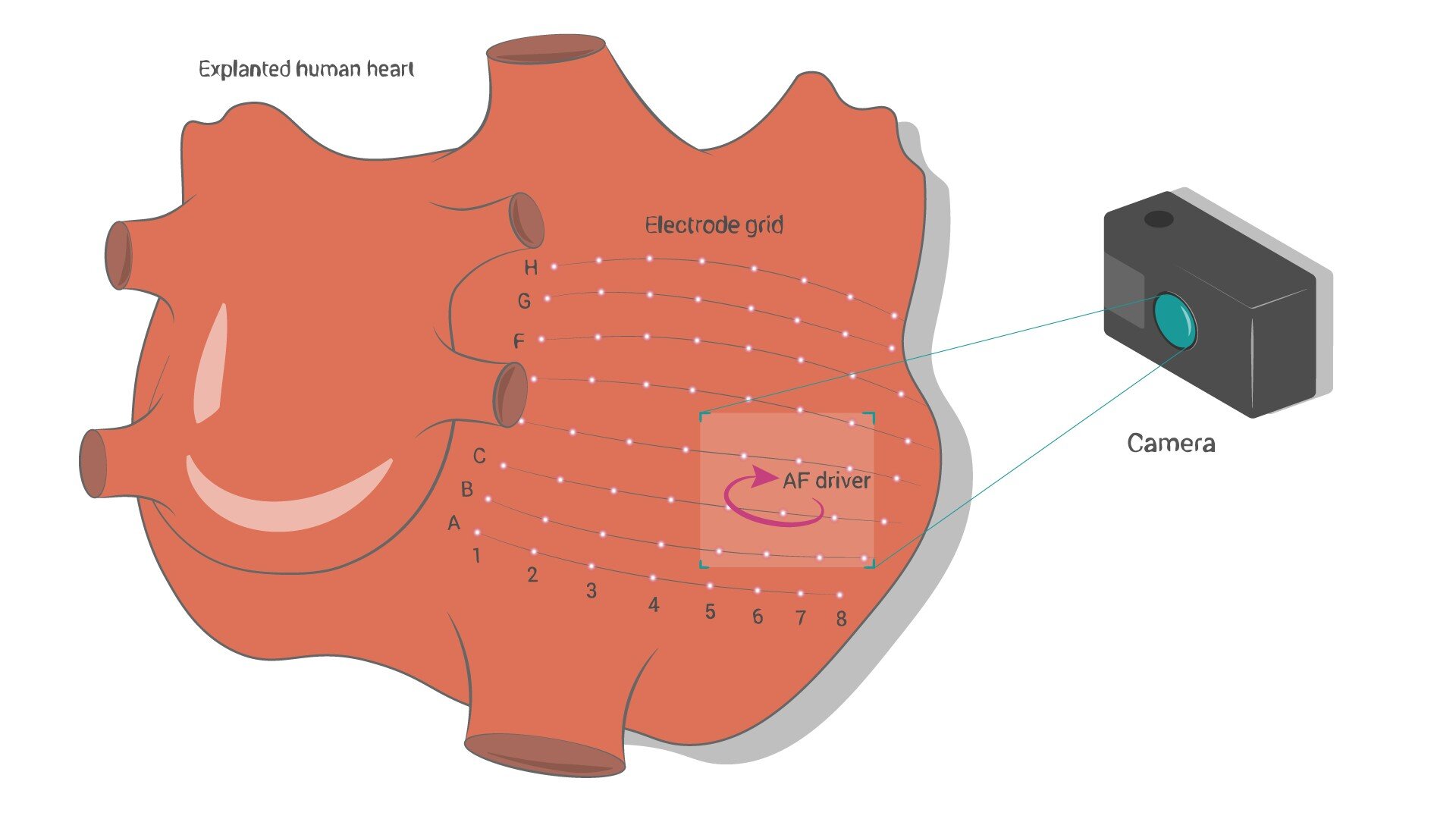#Host factors identified for infections caused by listeria
“#Host factors identified for infections caused by listeria”

Professor Juan José Quereda Torres at the Faculty of Veterinary Studies of the CEU Cardenal Herrera University of Valencia, has just published the results of his study into the infectious process of the Listeria monocytogenes bacterium. He collaborated with researchers from the Pasteur Institute of Paris, where he used to work. His new findings, which have just been published in the Journal of Infectious Diseases, reveal how the bacterium invades cells to replicate and spread the infection in people and animals.
Listeria monocytogenes is a pathogenic bacterium of interest both to human and veterinary medicine: Listeriosis is a zoonotic disease that transmits from animals to humans, and the cases of infection have increased since 2008 in the EU, especially in Spain. Professor Quereda says, “Listeria monocytogenes can be found in a wide variety of foods, but cooking them at temperatures higher than 65ºC kills the bacterium. The risk is in consumer-ready foods, in other words, those that are not cooked before being consumed, including raw foods, processed foods and those made with non-pasteurized milk. This bacterium can also contaminate raw milk, which is in vogue in some areas.”
Findings on the infectious process
Quereda’s research work focuses on the infectious process through which the Listeria monocytogenes bacterium invades the cells of the host, breaks through their internalization vacuole and reaches the cytosol in order to replicate. He says, “In order to progress on the knowledge of this process, in this latest research with the Pasteur Institute, we inactivated the expression of the 165 most important genes of the host mammal for the infection by Listeria monocytogenes, and we have identified for the first time the factors of the host that modulate the rupture of the vacuole and the cytoplasmic access to epithelial cells. These breakthroughs could make it possible to develop new therapies to treat listeriosis in humans and animals in the future. Listeriosis currently has a death rate between 10 and 30%, despite the implementation of antibiotic treatment.”

Juan J Quereda et al. A role for Taok2 in Listeria monocytogenes vacuolar escape, The Journal of Infectious Diseases (2020). DOI: 10.1093/infdis/jiaa367
Host factors identified for infections caused by listeria (2020, July 6)
retrieved 6 July 2020
from https://phys.org/news/2020-07-host-factors-infections-listeria.html
This document is subject to copyright. Apart from any fair dealing for the purpose of private study or research, no
part may be reproduced without the written permission. The content is provided for information purposes only.
If you want to read more Like this articles, you can visit our Science category.
if you want to watch Movies or Tv Shows go to Dizi.BuradaBiliyorum.Com for forums sites go to Forum.BuradaBiliyorum.Com




